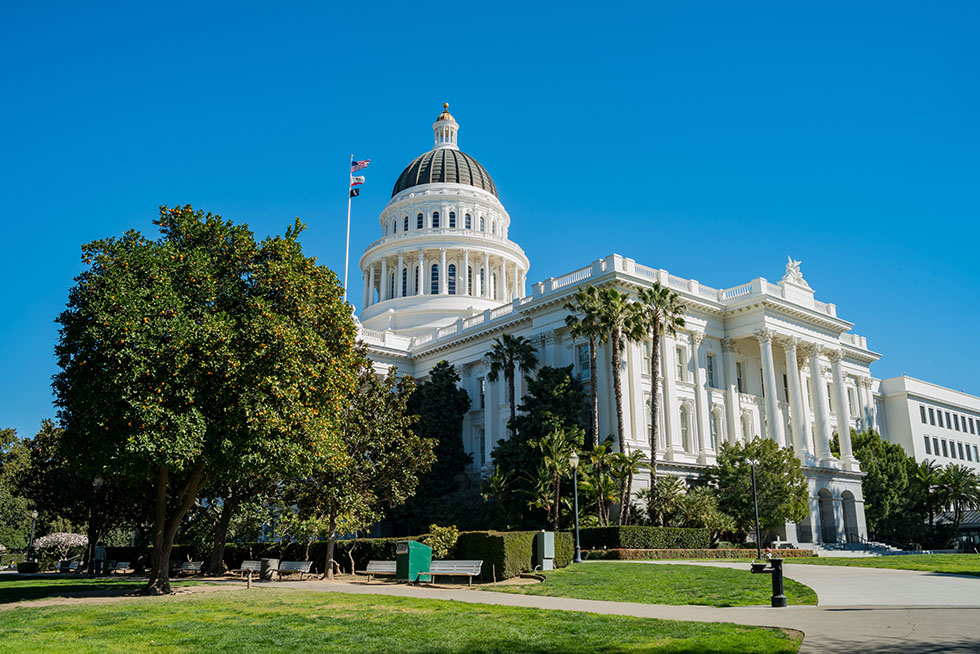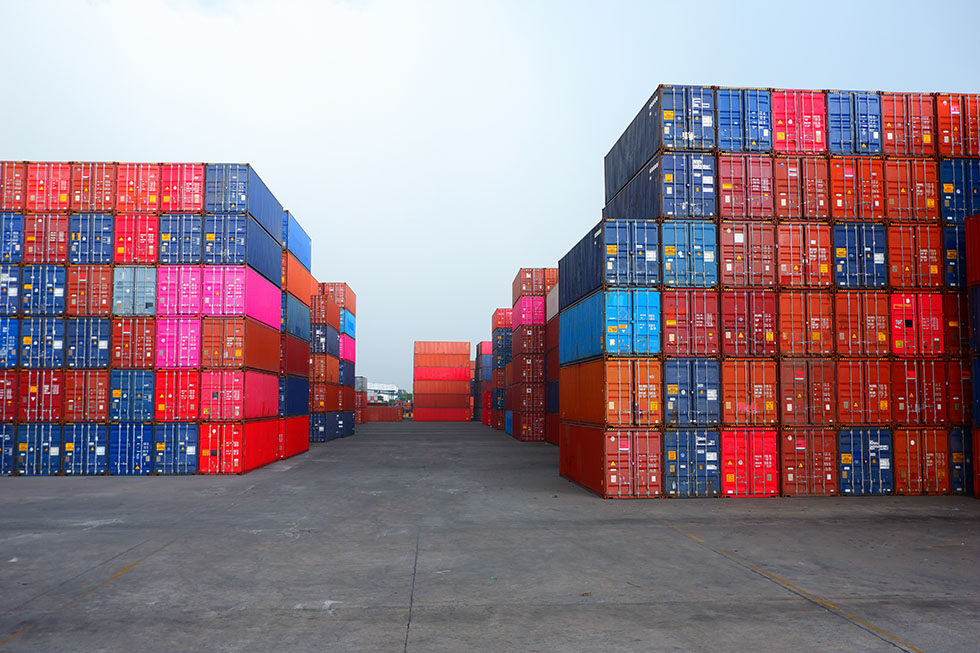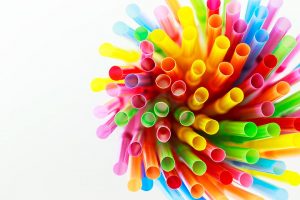
Canadian Prime Minister Justin Trudeau said his government will ban a number of single-use plastic products and will support establishing extended producer responsibility for plastic items.

Canadian Prime Minister Justin Trudeau said his government will ban a number of single-use plastic products and will support establishing extended producer responsibility for plastic items.
 Brands across the globe are announcing goals to use high levels of recycled plastic. But the companies that actually deliver PCR to the market are predicting a major hurdle: supply shortfalls.
Brands across the globe are announcing goals to use high levels of recycled plastic. But the companies that actually deliver PCR to the market are predicting a major hurdle: supply shortfalls.

Earlier this year, global plastics producer Indorama Ventures acquired reclaimer Custom Polymers PET. Financial filings show the deal was worth $30 million.

Far Eastern New Century this week bought Phoenix Technologies, marking the latest instance of a large plastics manufacturer deepening its stake in U.S. recycling.

A pair of California bills taking aim at single-use plastic packaging are getting close to the governor’s desk.

A country that has taken in increasing volumes of scrap material will return dozens of containers to their countries of origin, including the U.S. and Canada.
 Governments, MRF operators, reclaimers and end users are calling for government regulation that requires recycled content in plastic bags.
Governments, MRF operators, reclaimers and end users are calling for government regulation that requires recycled content in plastic bags.

Loop Industries has struck a deal for a $35 million investment, which will help fund a recycling plant to produce tens of millions of pounds of RPET each year.

The final stamp of approval has been given to a European Union law banning certain single-use plastic products, setting high bottle collection targets and requiring recycled content in bottles.
 U.S. recovered plastic exports during the first quarter were down by nearly half compared with a year ago.
U.S. recovered plastic exports during the first quarter were down by nearly half compared with a year ago.

